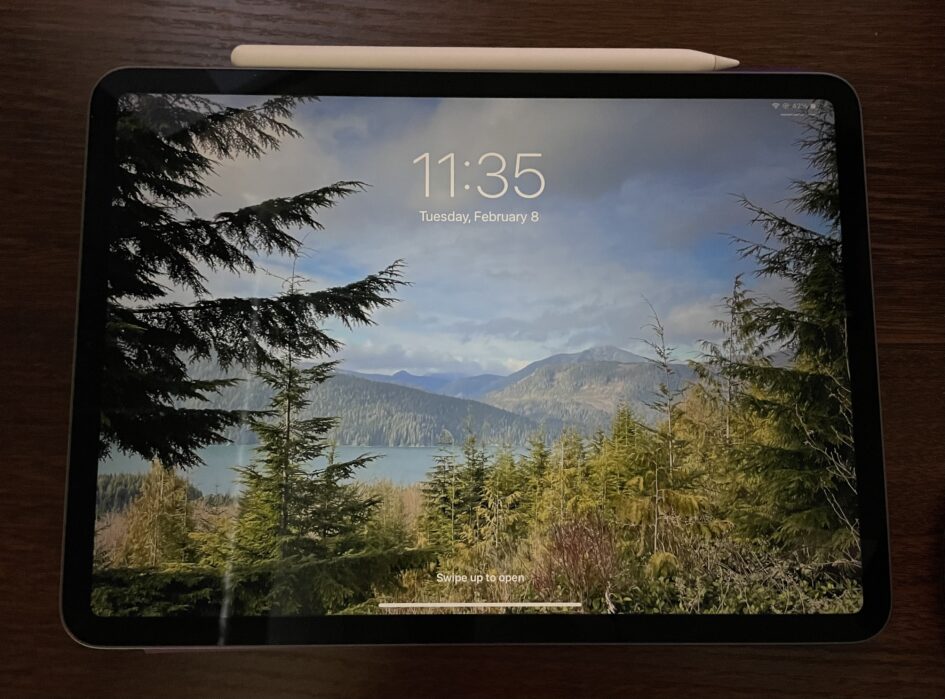This week’s class brought us a guest speaker to discuss social media both in schools and in our own lives. Jesse Miller provided a great presentation and was very open to answering questions that may have popped up while he was talking. I wrote a couple pages of notes, but I won’t bore you with all of my scribbles here. I’ll just share a few of the main takeaways I had.
Privacy
Jesse spoke about Privacy in relation to knowing the terms and conditions (you know, those things we usually scroll past and just click ‘Agree’ on without reading), as well as knowing who owns your stuff once it’s posted. Your photos on Insta? Not yours anymore. Your posts on Facebook? Not housed in Canada. Your Snapchats that ‘disappear’? They haven’t disappeared – it’s not magic. I don’t say this to scare anyone, just to raise our awareness of what we post, who can see it, and for how long. ‘Private’ online holds a different meaning than ‘private’ in real life.
Social Media
A great example of your digital footprint can be found by searching your username (or even your actual name) on Google. The first thing that popped up when I searched my name was my open Instagram account about my baking adventures. I left this one open intentionally because I wanted to share it. My personal Instagram didn’t show up because of the privacy settings I have on it (yes, you should look at yours. It is both informative and shocking). I thought my old personal Facebook was set to private. Just kidding, it’s not. I plan on deleting it since I don’t use it anymore and don’t want people to find my ridiculous 2007 self. Some of those throwback posts are just tragic. Anyways, this is more of an awareness piece as well. Think of it as a caution to check your settings if you don’t want the whole world to see what you’re posting.
Media in Schools
There are a ton of consent forms that are sent home for parents to sign in terms of what can and can’t be shared regarding documentation of their child. Be mindful that teachers always need permission to share valuable information and need to ensure everyone is comfortable with the level of what is being shared. Just some food for thought.
I do appreciate the idea of working with what you have. Many students these days have their own cell phone – use them! Kahoot or other online platforms can be great learning tools! Some students don’t have their own phone? Bring in tablets so that the learning is for the whole class, not just the ones who have the resource at their disposal (or go old school and don’t use the tech. Your class, your call!). Jesse explained a great “20/2” model for the classroom for older students. 20 minutes of instruction and 2 minutes for a phone break. This keeps students engaged in the learning because they know they will get a breather soon. I love this idea and have used it for my own studying purposes for years! I set a 20 minute timer and give myself a 2 minute break when it goes off (if I’m really on a roll, I’ll just hit ‘restart timer’ and keep going so I don’t lose track).
Well, I may have bored you with a lot of my scribbles after all. BUT! It is important that we think about these things as teachers or as average Joes. Being open and transparent with students (or our kids!) is essential if we are going to develop digitally literate people. We need them to know that the internet can have scary people (as was once the tactic to keep kids off the internet), but it can also be a great tool to connect with others. We need a balance in our life of using our electronic devices for work and play, so long as we don’t become overly dependent on them (I’m looking at me here). I need to learn to not be glued to my devices all the time before I have kids and become a teacher so I can be a strong role model in the future.
Thanks for sticking this one out, it was a necessary doozy.

Leave a Reply